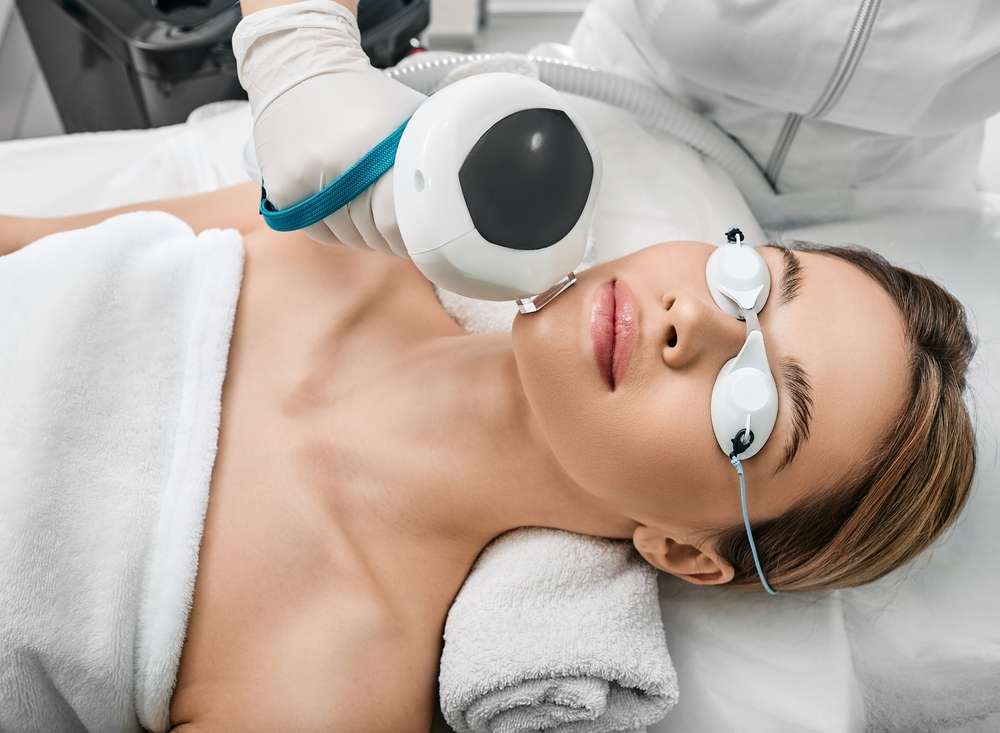Fat Removal: Modern Approaches for a Balanced and Confident You
Body contouring has evolved significantly in recent years, offering individuals various ways to address stubborn fat deposits that resist traditional diet and exercise efforts. Modern techniques range from minimally invasive procedures to surgical interventions, each designed to help people achieve their aesthetic goals. Understanding the available options, their mechanisms, and what they entail can help you make informed decisions about your body and wellness journey.

The landscape of body contouring has transformed dramatically over the past decade. As technology advances and medical understanding deepens, more people are exploring solutions that go beyond conventional weight loss methods. These procedures are not substitutes for healthy living but rather complementary approaches for addressing localized fat deposits that prove resistant to lifestyle changes alone.
Why Fat Reduction Is Gaining Attention
The growing interest in body contouring procedures stems from multiple factors. Many individuals maintain healthy lifestyles yet struggle with genetic predispositions to store fat in specific areas such as the abdomen, thighs, or upper arms. Hormonal changes, aging, and metabolic variations also contribute to stubborn fat accumulation. Modern procedures offer targeted solutions that work with the body’s natural processes rather than against them. Additionally, increased awareness through social media and improved accessibility to information have demystified these treatments, making them more approachable for everyday people seeking confidence in their appearance.
Common Fat Reduction Methods
Several established techniques exist for addressing unwanted fat deposits. Liposuction remains one of the most recognized surgical options, involving the physical removal of fat cells through suction. This procedure has evolved to include variations like tumescent liposuction and ultrasound-assisted techniques. Non-surgical alternatives have gained considerable traction, including cryolipolysis, which uses controlled cooling to reduce fat cells, and laser-based treatments that target adipose tissue through thermal energy. Radiofrequency procedures apply heat to break down fat while simultaneously tightening skin. Injectable treatments that dissolve fat cells in smaller, targeted areas have also emerged as options for facial and submental contouring. Each method operates differently and suits various body areas and patient profiles.
Benefits of Modern Fat Reduction Solutions
Contemporary body contouring techniques offer several advantages beyond aesthetic improvement. Many procedures require minimal downtime compared to traditional surgery, allowing people to return to daily activities relatively quickly. The precision of modern methods enables practitioners to sculpt specific areas with greater accuracy, creating more natural-looking results. For many individuals, achieving their desired body contour provides psychological benefits, including improved self-esteem and body confidence. Some non-invasive treatments stimulate collagen production alongside fat reduction, contributing to skin tightening and overall texture improvement. These procedures can also serve as motivation for maintaining healthy habits, as results are best preserved through balanced nutrition and regular physical activity.
What to Consider Before Choosing a Procedure
Selecting an appropriate body contouring method requires careful consideration of multiple factors. Your overall health status, skin elasticity, the amount and location of fat, and realistic expectations all play crucial roles in determining suitability. Consultation with qualified medical professionals is essential to assess which technique aligns with your goals and physical characteristics. Understanding recovery requirements, potential risks, and expected outcomes helps set appropriate expectations. It is important to recognize that these procedures are not weight loss solutions but rather body shaping tools designed for individuals near their target weight. Financial considerations also matter, as costs vary significantly depending on the procedure type, treatment area size, and geographic location. Maintenance requirements and the longevity of results should factor into your decision-making process.
Fat Reduction Options at a Glance
To help navigate the variety of available treatments, understanding the general landscape of providers and typical cost ranges can be valuable. The following comparison provides an overview of common procedures and approximate pricing in the Canadian market. Keep in mind that actual costs depend on numerous variables including clinic location, practitioner experience, treatment area size, and the number of sessions required.
| Procedure Type | Typical Providers | Cost Estimation (CAD) |
|---|---|---|
| Surgical Liposuction | Plastic Surgery Clinics, Cosmetic Surgery Centers | $3,000 - $10,000 per area |
| Cryolipolysis (Cooling-Based) | Medical Spas, Dermatology Clinics | $600 - $1,200 per session |
| Laser Lipolysis | Aesthetic Clinics, Medical Centers | $1,500 - $4,000 per area |
| Radiofrequency Treatments | Medical Spas, Cosmetic Clinics | $500 - $2,000 per session |
| Injectable Fat Dissolvers | Dermatology Offices, Cosmetic Clinics | $600 - $1,800 per treatment |
Prices, rates, or cost estimates mentioned in this article are based on the latest available information but may change over time. Independent research is advised before making financial decisions.
When exploring these options, consultation fees, follow-up appointments, and potential additional sessions should be factored into your budget. Many clinics offer financing plans or package deals for multiple treatment areas. Geographic location within Canada significantly influences pricing, with urban centers typically commanding higher rates than smaller communities.
The decision to pursue body contouring is deeply personal and should be made with thorough research and professional guidance. Modern techniques have made these procedures safer and more accessible than ever before, yet they still require careful consideration of your health, goals, and circumstances. By understanding the available methods, their benefits, and practical considerations including costs, you can approach this journey with confidence and realistic expectations. Remember that the best results come from combining any procedure with ongoing commitment to healthy lifestyle habits that support long-term wellness and body confidence.




